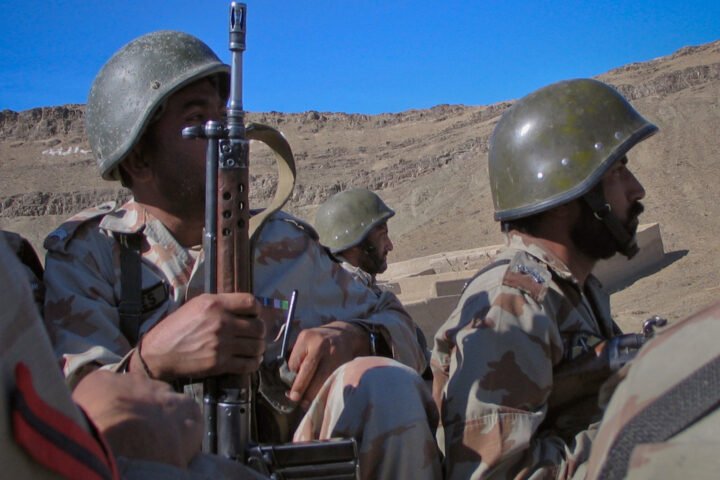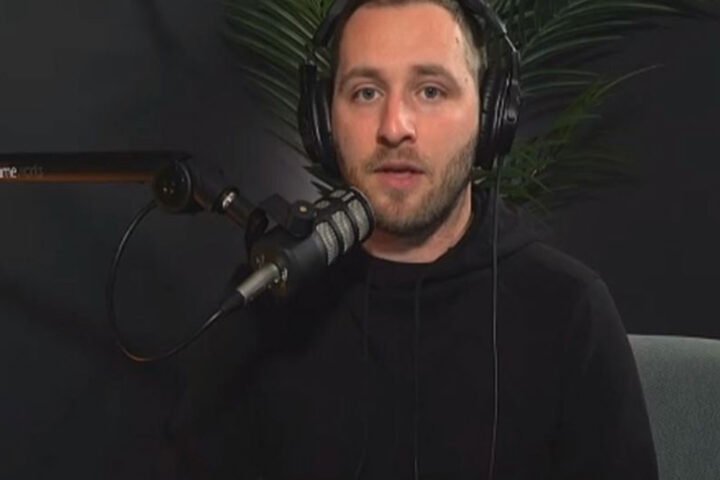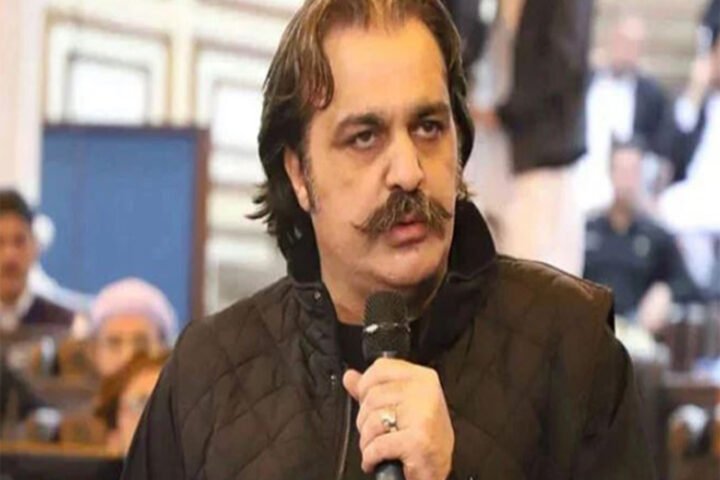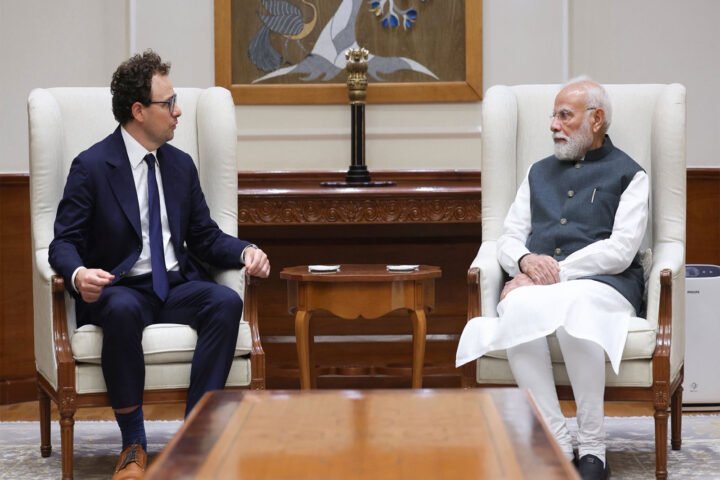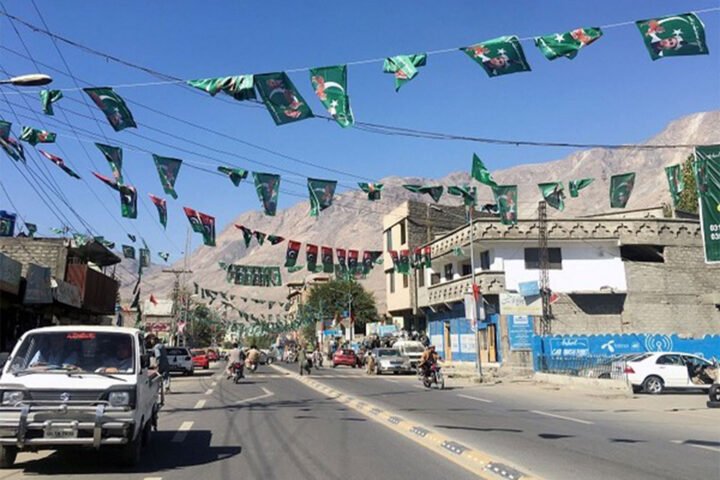The Russian passenger car market shrank by 27% in the first half of 2025, as a toxic mix of high interest rates, falling household incomes, and deepening economic uncertainty continue to erode consumer demand. The new figures, published by Bloomberg on July 3, point to a worsening outlook for the full year, with the projected annual decline revised to 24%—nearly 9 percentage points worse than previous forecasts.
Economic pressure derails recovery
After two years of modest post-COVID recovery, Russia’s car market is now facing structural headwinds. As Bloomberg reports, auto loan volumes fell by 50% in the first five months of 2025, indicating a sharp retreat in consumer confidence. The combination of elevated interest rates set by the Russian central bank and increased fees has pushed vehicle ownership further out of reach for most Russians.
According to analysts cited by Briefly News, the Russian auto industry is being squeezed from both sides: surging costs of borrowing are depressing demand, while state budget priorities are heavily tilted toward military-industrial expansion, leaving civilian sectors like automotive underfunded and vulnerable.
Domestic production fails to fill the gap
Hopes that the crisis could boost domestic brands have largely faded. Russian automakers, including AvtoVAZ, once viewed Western sanctions as an opportunity to regain market share with models like the Lada Vesta and Largus, and military-style vehicles such as the GAZ Tigr and UAZ Hunter. But in reality, they have struggled to respond to the vacuum left by the exit of foreign manufacturers and the influx of Chinese competitors.
Sales of Lada cars dropped 26% between January and May 2025, a decline that some industry experts see as a symptom of AvtoVAZ’s lack of strategic vision and urgent modernization. “Without access to cheap credit and a clear innovation roadmap, AvtoVAZ risks losing its already fragile dominance,” said a Western auto market analyst quoted by Bloomberg.
Military growth contrasts with civilian decline
The imbalance in Russia’s economic development is becoming more pronounced. While the country has significantly ramped up its production of missiles, ammunition, military vehicles, aircraft and ships, these sectors create relatively few jobs and limited tax revenues for the average Russian. Meanwhile, industries catering to civilian demand are shrinking—particularly those dependent on consumer purchasing power.
The Russian government’s ongoing prioritization of military spending, combined with falling real incomes, has left consumers increasingly unable—or unwilling—to invest in large purchases such as vehicles. As a result, the car market has become a stark barometer of the country’s broader economic fragility.
As Sofia Sorochinskaia’s report for Bloomberg emphasizes, attempts to maintain a self-sufficient automotive market face the hard limits of declining purchasing power, the departure of global brands, and growing pressure on middle-class households. In this context, the contraction of Russia’s car market is more than a temporary setback—it signals deepening systemic strain.




